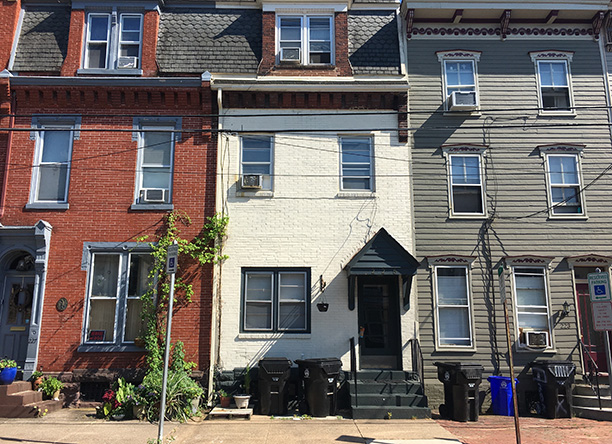The results of Harrisburg’s first citywide housing study are in, and they predict a shortfall of more than 200 rental units at all price points over the next three years.
Representatives from the consulting firm that prepared the study presented their main findings to City Council tonight. The authors said demand for rental housing in Harrisburg will outpace supply through 2020, even as development projects put new units on the market.
As a result, Harrisburg will face a shortage of approximately 244 rental units across the city – a figure that accounts for the city’s existing housing stock, new units coming onto the market and old units becoming uninhabitable. The study also considers population projections, which anticipate that Harrisburg will gain 300 households in the next three years, mostly in Allison Hill and Uptown Harrisburg.
The study didn’t offer any policy recommendations, but city hall officials intend to use its findings to develop long-term development strategies and housing policy proposals. Here are five of the main takeaways from the 100-page study:
Affordable housing and subsidized housing aren’t the same thing.
Developers and policymakers use three standard terms to describe different types of rental housing. Market rate properties are those where tenants pay rent in full, without any public subsidies or rental assistance. Rent is set by a landlord based on location, amenities and demand in the local market.
If a property has restricted rents, or is only open to renters making a certain income, it’s an affordable property. Some affordable housing properties are owned by local governments or nonprofits, but cities can also put zoning restrictions on private projects to make them affordable.
The final category, subsidized properties, offer rental assistance programs based on a renter’s income. This category includes public housing projects, such as Harrisburg’s Hall Manor.
